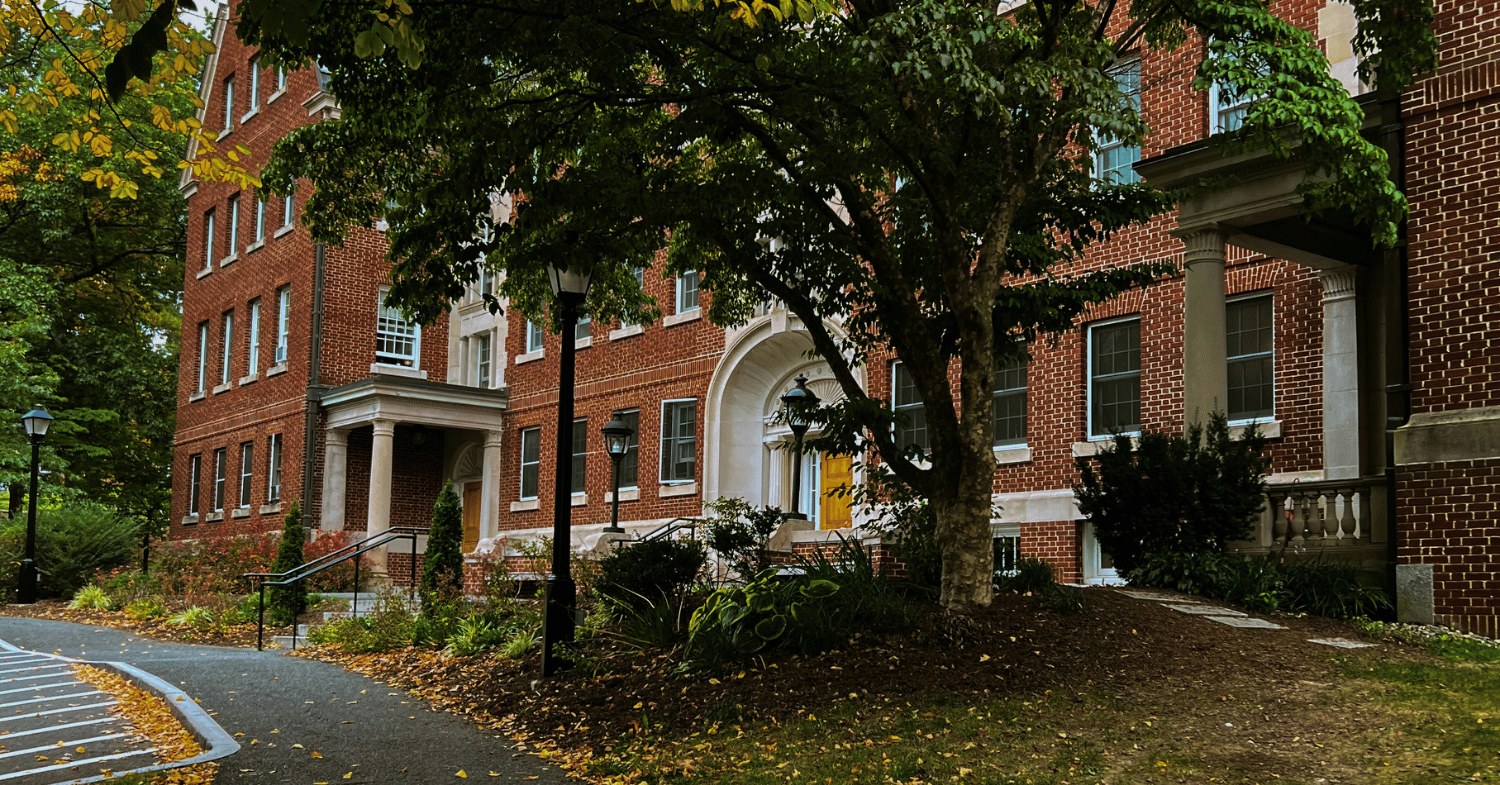Liberal Arts Colleges vs. Universities: What's the difference?
When deciding where to apply for higher education in the United States, one common decision students face is choosing between a liberal arts college and a research university. While both offer excellent educational opportunities, they differ in their approach to academics, campus culture, and even career preparation. To help you navigate this choice, let's break down the key differences.
Key differences
Focus on undergraduate education
One of the defining characteristics of liberal arts colleges (LACs) is their emphasis on undergraduate education. These institutions prioritise small class sizes, close student-professor relationships, and a holistic approach to learning. As the word liberal refers to broad, the liberal arts philosophy encourages students to explore a wide range of subjects, from humanities to natural sciences, often with an interdisciplinary approach. This means students at liberal arts colleges frequently take classes outside their major to develop critical thinking and communication skills.
In contrast, universities typically offer both undergraduate and graduate programs. Research universities are more likely to offer a full selection of majors, including engineering and other professional degrees like medicine and law, whereas LACs often do not.
Class size and learning environment
The student experience at a liberal arts college is often characterised by intimate class sizes and close-knit communities. With fewer students on campus, professors at liberal arts colleges are more likely to get to know students personally and mentor them throughout their academic journey. These small, discussion-based classes encourage active participation and foster deep intellectual engagement.
At universities, particularly large public institutions, class sizes can range from intimate seminars to large lecture halls with hundreds of students. While large universities may offer honors programs or small-group seminars for high-achieving students, the overall classroom experience is generally less personalised compared to that of a liberal arts college, especially in the first two years.
Academic flexibility vs. specialisation
Liberal arts colleges often promote academic flexibility, allowing students to explore various fields before declaring a major, typically by their sophomore year. This flexibility can be especially appealing to students who are undecided about their future career path or wish to combine multiple disciplines in their studies.
In contrast, universities, particularly large research institutions, may emphasise specialisation. Students often declare a major upon entering and may be required to fulfill a more structured set of courses related to their discipline. Universities tend to offer more specialised programs, professional degrees, and access to cutting-edge research opportunities, especially in fields like engineering, business, and the sciences.
Research opportunities
While both liberal arts colleges and universities offer opportunities for research, they do so in different ways. Liberal arts colleges tend to focus on undergraduate research, often encouraging students to work closely with faculty members on research projects. These opportunities can be invaluable for students looking to gain experience for graduate school or professional programs.
Universities, particularly research-intensive institutions, offer more extensive research opportunities. They often have state-of-the-art laboratories, funding for large-scale projects, and established research centers. Undergraduates usually can join to assist research projects conducted by a faculty member’s team of graduates.
Campus life and extracurriculars
The size and structure of liberal arts colleges and universities also impact campus life. Liberal arts colleges often foster a tight-knit campus community, where students are likely to get to know most of their peers. This sense of community can be beneficial for those who thrive in close, supportive environments.
However, the smaller student population can also mean fewer extracurricular opportunities, athletic teams, or specialised societies compared to larger universities.
Universities often have the resources to support a wide variety of interests, whether it's through performing arts programs, extensive athletic facilities, or research-based student organisations.
Universities with Liberal Arts programs
There are many universities that have a strong undergraduate liberal arts focus while also offering robust graduate programs and conducting significant research. The University of Montana and University of Chicago are good examples of this hybrid model, where undergraduate students can benefit from a liberal arts-style education while the institution also operates as a research university with a variety of graduate programs.
"College" vs. "University" in names
The use of "college" and "university" can indeed create confusion, as the terms don't always align with the distinction between liberal arts and research institutions. For example, Harvard College refers specifically to the undergraduate program at Harvard, which follows a liberal arts curriculum. In contrast, Harvard University encompasses not only Harvard College but also its graduate and professional schools (like the Law School, Business School, and Medical School). This naming structure is common at older institutions in the U.S., where "college" refers to the undergraduate division within a larger university.
Which one is right for you?
Determining whether a liberal arts college or a university is the better fit for your educational journey requires a thoughtful consideration of several key factors. One of the primary aspects to consider is personal learning preference. If you thrive in close-knit academic communities where you can develop strong relationships with professors and peers, a liberal arts college may be the ideal choice. These institutions often offer small class sizes and an intimate learning environment that fosters personalised attention and mentorship. On the other hand, if you prefer a larger, more varied environment with a broader range of academic and extracurricular opportunities, a university might be more suitable. Universities typically offer a wider array of majors and specialised programs, which can be particularly appealing to international students with diverse interests.
Your career aspirations can also significantly influence this decision. Certain professions may require specific degrees or advanced qualifications that are typically offered at universities. For example, if you are aiming for a career in fields such as engineering, medicine, or business, a university may provide more tailored programs and resources to support your goals. Conversely, liberal arts colleges excel in fostering critical thinking, communication, and problem-solving skills that are valuable across a wide range of careers. They often place a strong emphasis on holistic development, which can be particularly beneficial for students who are unsure about their career path or who wish to explore various disciplines before committing to a specific field.
Financial considerations are another important factor to weigh. Liberal arts colleges are generally known for their higher tuition fees, which can be a concern for many students, including those from the UK. However, it is essential to note that many of these institutions offer generous financial aid packages, including scholarships and grants, to make education more accessible. It is crucial to research the financial aid options available at each institution and to consider the potential long-term benefits of the education you receive. Getting in touch with the college's financial aid advisors can provide valuable insights into the financial support available to international students.
Finally, one of the best ways to determine which type of institution is right for you is to gain firsthand insights through campus visits and interactions with current students and faculty. Visiting campuses allows you to experience the atmosphere and culture of each institution, which can greatly influence your decision. Engaging with current students and faculty members can provide valuable perspectives on the academic rigor, campus life, and overall student experience. These interactions can help you envision how you would fit into the community and whether the institution aligns with your personal and academic goals.
Taking the time to explore both liberal arts colleges and universities will empower you to make an informed decision about your US university application. Read more about Liberal Arts degrees and the best Liberal Arts colleges in the US here.
Need guidance?
With almost twenty years of experience, A-List Education has helped over 70,000 students worldwide get into Ivy League and 200 universities in the US.
You can find out a lot more about the different courses and colleges by booking a 15-minute free discovery session with A-List, in which we will offer you brief insight and what you need to do to apply for Liberal Arts degrees in the US, or consider a Private Consultation with one of our expert advisors, where we will help you choose the schools that best suit your needs, and develop a startegy tailored to your schedule and abilities.



